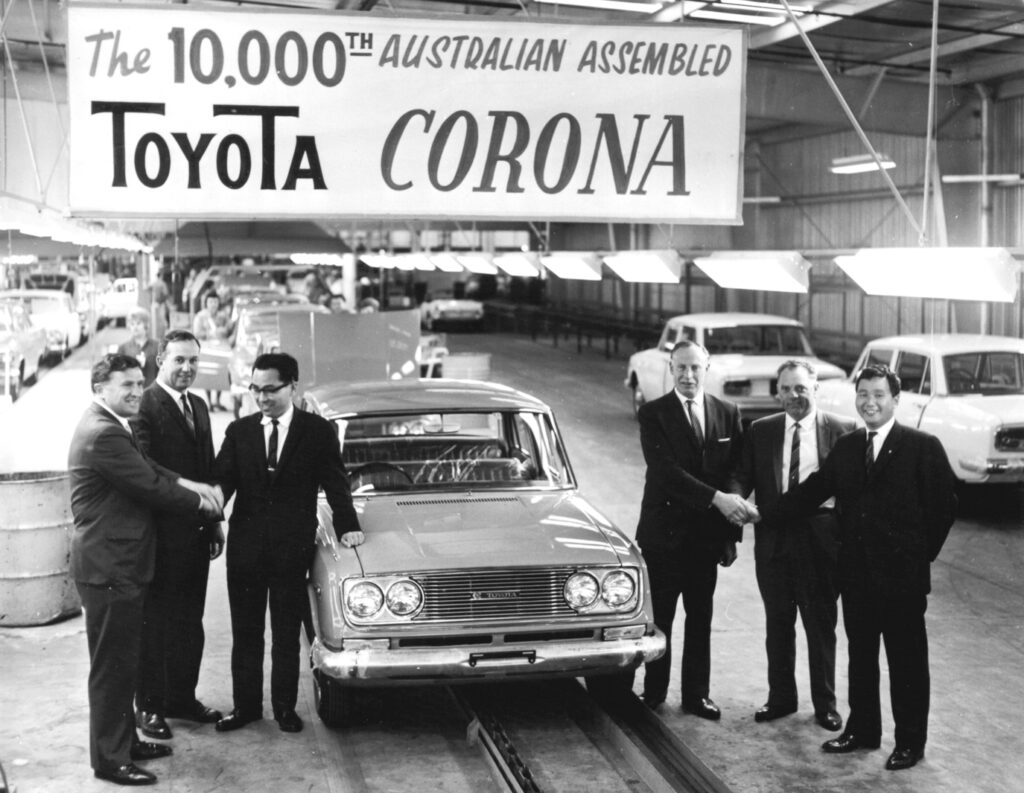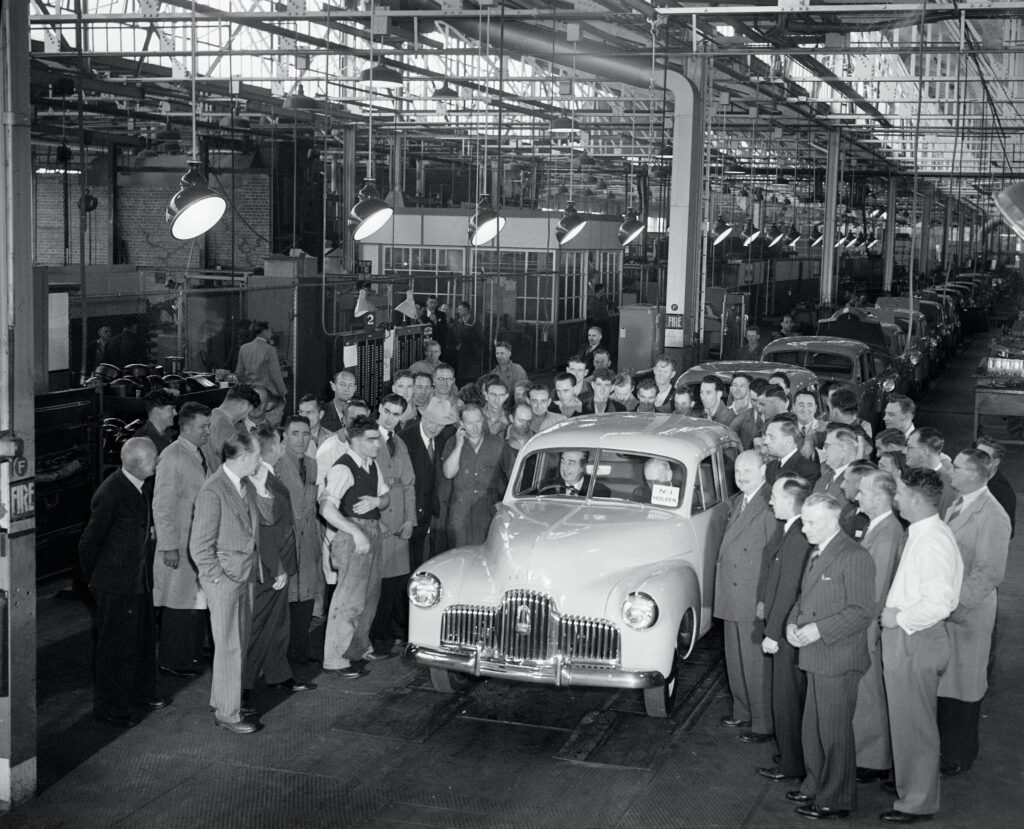VALE AUSTRALIAN CAR MANUFACTURING
- PostedPublished 12 November 2017
FROM their peak of producing half a million cars in 1974, the Australian car factories now lie silent and unused.
The number of countries capable of taking a car from initial sketch, to concept, to production reality has diminished from 13 to 12.
Some say it was inevitable while others variously lay the blame at politicians, multinational corporations that owned the factories or Australian consumers who stopped buying local.
Regardless, the result was the same. Car manufacturing, a matter of national pride and significant wealth creation for any industrialised nation, has left Australian shores. Probably for ever.
Thousands of factory workers at the former car plants and those of their many suppliers have clocked off for the last time and their jobs, along with the production equipment they used every day, shipped overseas.

Hopefully their skills and tenacity will remain onshore, redeployed into different or related industries.
It could be said the beginning of the end was in March 2008 when the last Mitsubishi 380 rolled off the Tonsley Park line in Adelaide, marking the end of more than 43 years’ production.
Eight and a half years later, in October 2016, Ford closed its Geelong and Broadmeadows plants in Victoria to bring 91 years of Australian manufacturing by the Blue Oval to a close.
Almost exactly 12 months after Ford, Toyota drew a line under the 3.4 million cars it built over 54 years of Australian production.
Australia was both Toyota’s first overseas production base and its first foreign outpost to be shut down, making the closure significant enough for global president Akio Toyoda, grandson of Toyota Motor Corporation founder Kiichiro Toyoda, to visit Melbourne so he could personally thank workers at the Altona plant in the days leading up to its closure.

On October 20 2017, Holden was the last to go, having built its first car body in 1917 but dating back to 1856 as a manufacturer when it was established as a saddlery, making it the world’s second-oldest automotive brand after Peugeot, which started in 1810.
It is odd coincidence that both brands feature a lion on their badge.
But unlike Holden, Peugeot still makes its own cars, whereas like Mitsubishi, Ford and Toyota before it, the Australian lion badge will from now on be exclusively applied to imports from around the world.
To end on a more positive note, both Toyota and Holden revealed that their workers did Australia proud with their very best efforts during the twilight months of local manufacturing.
Far from letting the loss of their jobs and an entire industry get them down, the production line workers achieved smashing results from internal quality audits that ranked both plants among the highest in the Toyota and GM worlds.
That’s the spirit.
- CategoriesIn SightGlass
- TagsSightGlass News Issue 11

